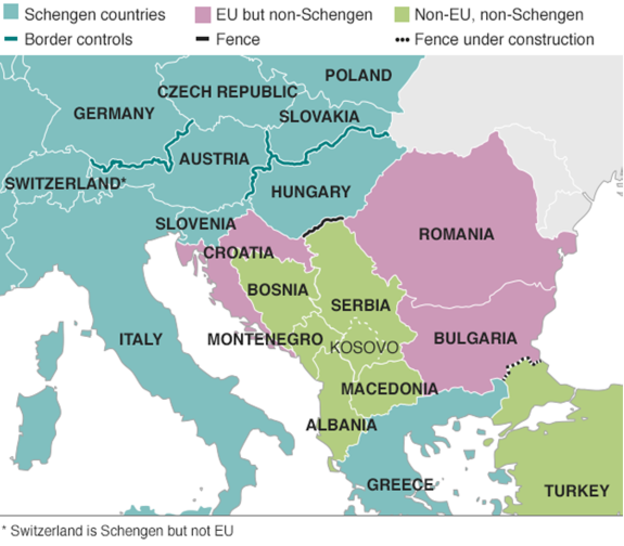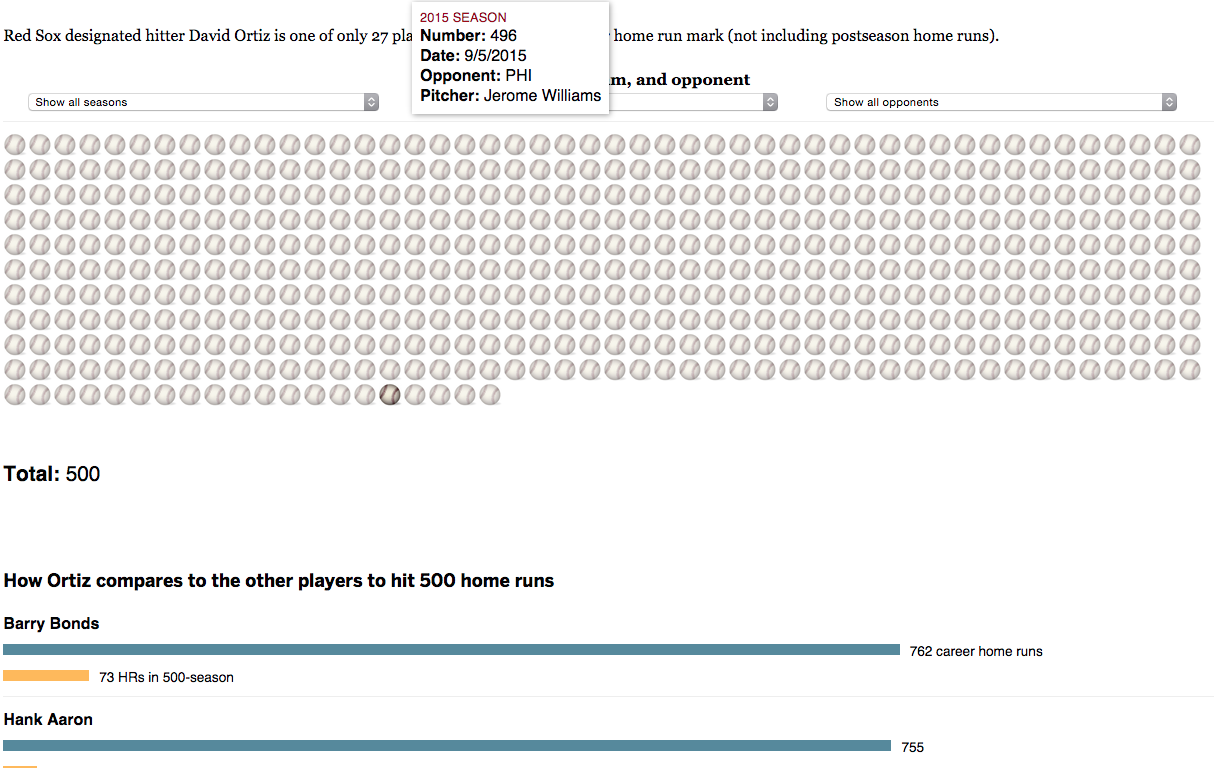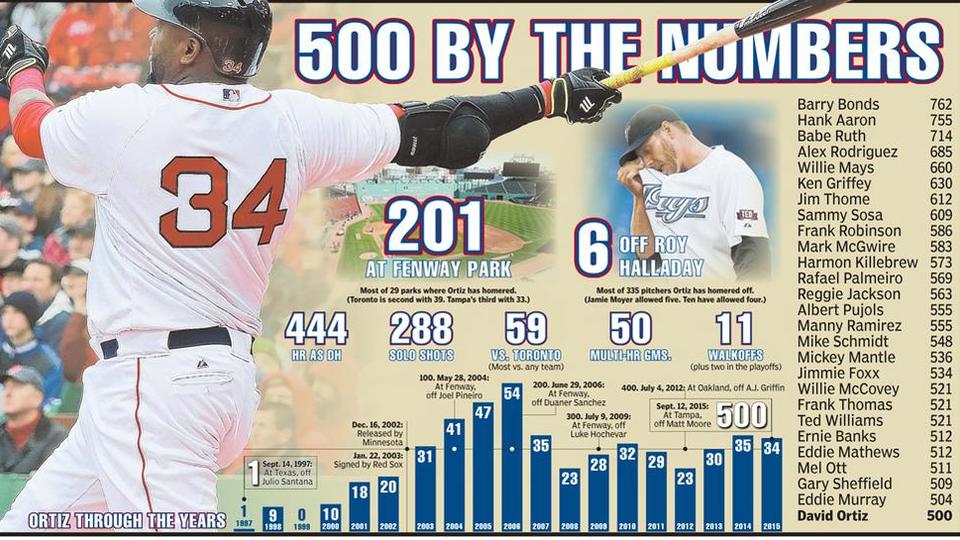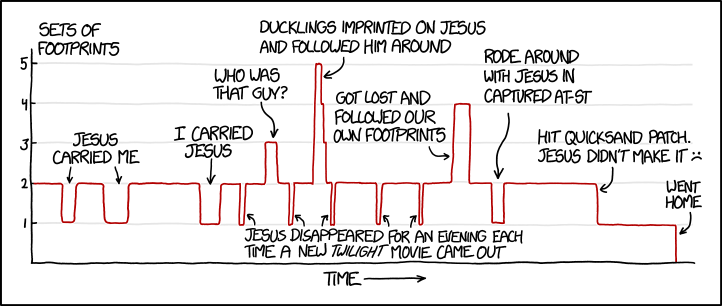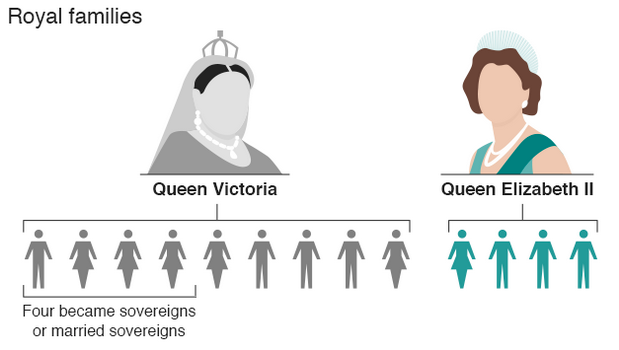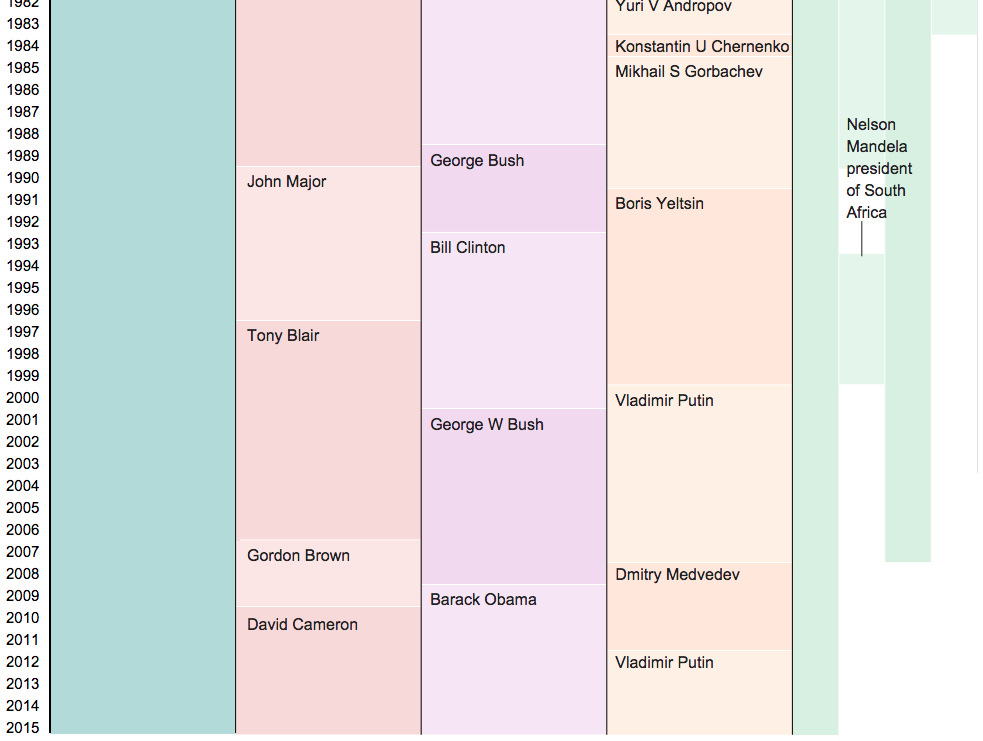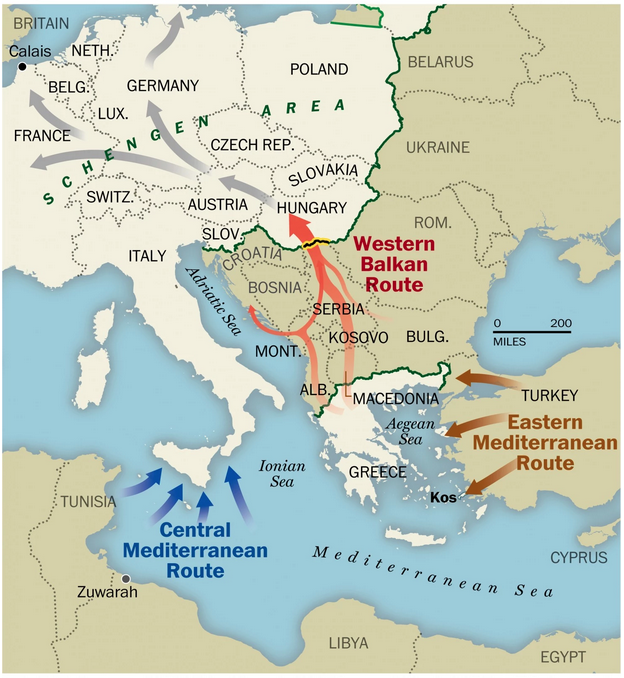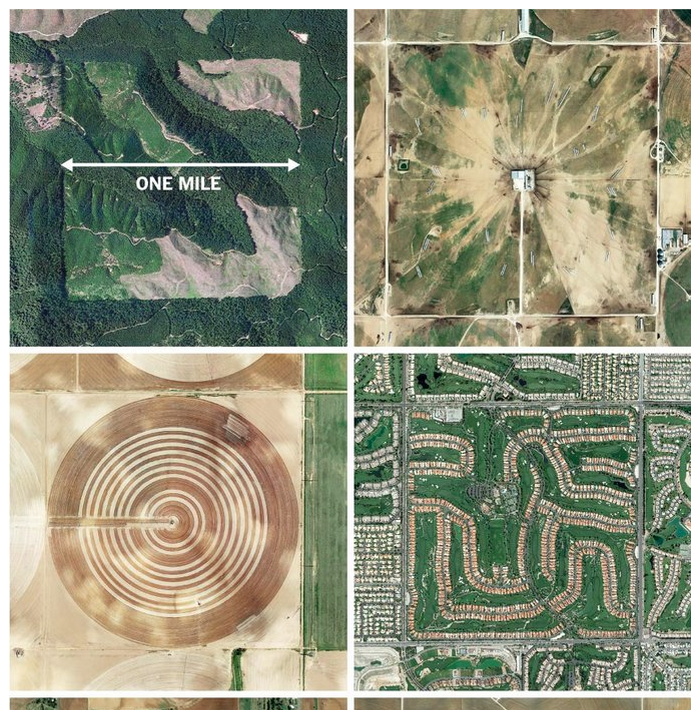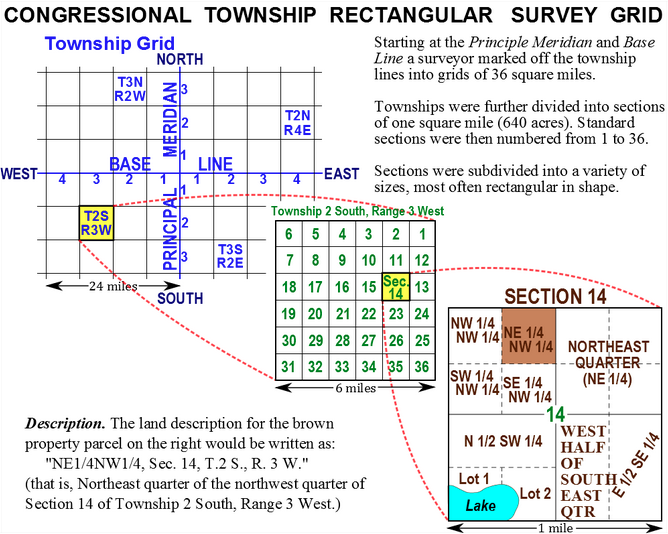Sometimes when you are reading something, what you really need is context. Personally, I prefer visual context over textual, but not everybody is so thankfully we can do both. Last week a crane collapsed during inclement weather in Mecca and fell upon the Grand Mosque. I knoew that it was a large crane, but it was not until I saw this piece from the Washington Post that I truly understood just how large. People can write so many feet or this many feet all day long, but the visual juxtaposition of the crane against the Washington Monument is far more impactful.
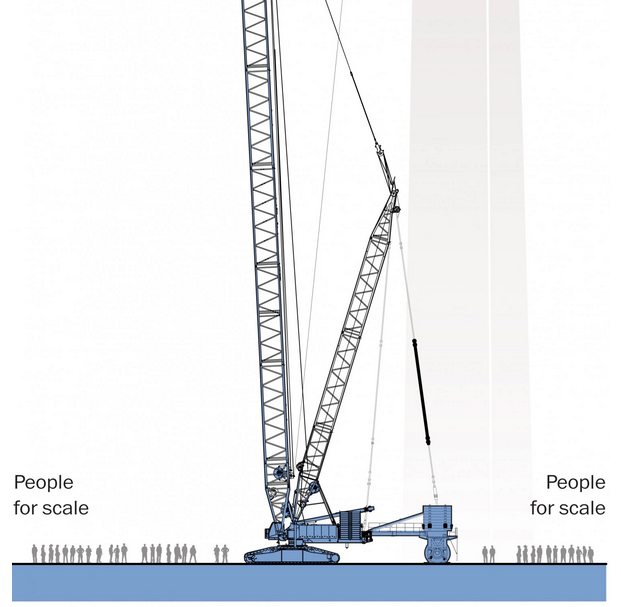
Credit for the piece goes to Richard Johnson.

